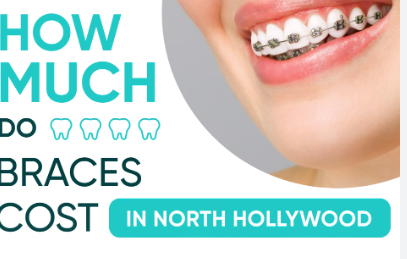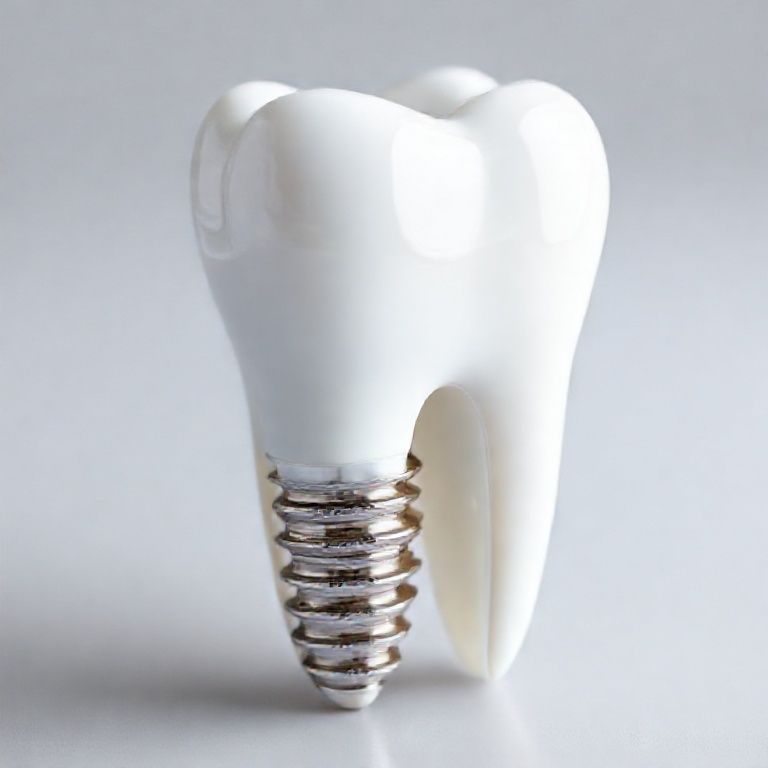Average Cost of Braces Per Month
When considering orthodontic treatment, one of the foremost questions that comes to mind is the cost. Specifically, the average cost of braces per month can be a determining factor in whether individuals proceed with the treatment. Braces are not only an investment in one’s dental health but also in overall confidence and quality of life. This article will delve into the various factors affecting the cost of braces, types of braces, payment options, and much more. By the end, you will have a thorough understanding of what to expect financially when considering braces.

Factors Influencing the Cost of Braces
Type of Braces
The type of braces significantly impacts the cost. There are several options available, each with its own price range:
- Traditional Metal Braces: These are the most common and typically the least expensive option. They involve metal brackets and wires and are highly effective.
- Ceramic Braces: Similar to metal braces but made of ceramic materials that blend with the teeth. They are less noticeable but tend to be more expensive than metal braces.
- Lingual Braces: These braces are attached to the back of the teeth, making them invisible from the front. They are customized and tend to be the most expensive option.
- Invisalign: Clear aligners that are virtually invisible. They can be removed for eating and cleaning but are generally more expensive than traditional braces.
Duration of Treatment
The length of time you need to wear braces also affects the cost. Treatment typically ranges from 18 to 24 months, but more complex cases can take longer, thus increasing the total cost.
Geographic Location
Where you live plays a role in the cost of braces. Urban areas and regions with a higher cost of living usually have higher orthodontic fees.
Orthodontist’s Experience
Experienced orthodontists may charge more for their services. However, their expertise can lead to better results and potentially shorter treatment times.
Insurance Coverage
Insurance can significantly reduce out-of-pocket costs. Some plans cover a percentage of the cost, while others have a fixed amount they will pay.
Average Monthly Cost Breakdown
To give a clearer picture, let’s break down the average monthly cost of different types of braces:
| Type of Braces | Monthly Cost |
|---|---|
| Traditional Metal Braces | $75 – $200 |
| Ceramic Braces | $100 – $250 |
| Lingual Braces | $150 – $400 |
| Invisalign | $125 – $300 |
These costs are approximate and can vary based on the factors mentioned above.
Payment Options and Financial Assistance
Payment Plans
Many orthodontists offer payment plans that allow patients to spread the cost over the duration of the treatment. This makes the monthly payments more manageable.
Insurance Plans
As mentioned, insurance can cover a significant portion of the cost. It’s important to check with your provider to understand the extent of coverage.
Flexible Spending Accounts (FSAs) and Health Savings Accounts (HSAs)
FSAs and HSAs can be used to pay for braces. These accounts allow you to use pre-tax dollars, which can save money.
In-House Financing
Some orthodontic offices offer in-house financing, which can include low or no-interest payment plans.
Types of Braces Explained
Traditional Metal Braces
Traditional metal braces consist of metal brackets and wires. They are effective for correcting a wide range of dental issues and are the most cost-effective option. Modern metal braces are smaller and more comfortable than in the past.
Ceramic Braces
Ceramic braces function similarly to metal braces but are made from clear or tooth-colored materials. They are less noticeable but more prone to staining and tend to be more expensive.
Lingual Braces
Lingual braces are attached to the back of the teeth, making them invisible from the front. They are customized for each patient, which increases the cost. These braces can be more challenging to clean and may affect speech initially.
Invisalign
Invisalign uses a series of clear, removable aligners to straighten teeth. They are almost invisible and can be removed for eating and cleaning. Invisalign is often more expensive than traditional braces but offers greater convenience and aesthetics.
Advantages and Disadvantages of Each Type
| Type of Braces | Advantages | Disadvantages |
|---|---|---|
| Traditional Metal Braces | Effective for all cases, cost-effective | Visible, can cause discomfort |
| Ceramic Braces | Less noticeable, effective | Higher cost, can stain |
| Lingual Braces | Invisible from the front, effective | Expensive, can affect speech, hard to clean |
| Invisalign | Removable, almost invisible, comfortable | Higher cost, not suitable for all cases |
Case Studies: Real-Life Examples
To understand the real-life implications of the cost and effectiveness of different braces, let’s look at some case studies:
Case Study 1: Traditional Metal Braces
John, a 15-year-old, needed braces for moderate crowding. He opted for traditional metal braces, which cost $3,500 in total. His monthly payments were $145 for 24 months, and his insurance covered 50% of the cost.
Case Study 2: Invisalign
Maria, a 30-year-old professional, chose Invisalign for mild spacing issues. Her treatment cost $4,800, with monthly payments of $200 over 24 months. Her insurance covered $1,500 of the total cost.
Common Myths About Braces Costs
Myth 1: Braces Are Only for Kids
Many adults believe that braces are only for children, but adult orthodontics is becoming increasingly common. The costs for adult braces can be similar to those for children, though some options like Invisalign are popular among adults.
Myth 2: All Braces Are the Same Price
As discussed, the cost of braces can vary widely depending on the type and other factors.
Myth 3: Insurance Won’t Cover Braces
While not all insurance plans cover orthodontics, many do offer partial coverage. It’s essential to check with your provider.
How to Choose the Right Braces for You
When choosing braces, consider the following factors:
- Budget: Determine what you can afford monthly.
- Aesthetic Preferences: If appearance is important, consider ceramic braces or Invisalign.
- Orthodontic Needs: Consult with your orthodontist to see which type is best for your specific dental issues.
- Comfort: Some braces are more comfortable than others. Discuss with your orthodontist which option might be best for you.
Innovations in Orthodontic Treatments
Recent advancements in orthodontics have led to more efficient and less noticeable treatment options. These include:
- Self-Ligating Braces: These braces do not require elastic bands, which can reduce friction and discomfort.
- 3D Imaging and Treatment Planning: Advanced imaging techniques allow for more precise treatment plans.
- Accelerated Orthodontics: Techniques like AcceleDent can speed up treatment times.
Frequently Asked Questions (FAQs)
1. What is the cheapest type of braces?
Traditional metal braces are generally the cheapest option.
2. Can adults get braces?
Yes, adults can get braces. Many types are suitable for adult treatment.
3. Does insurance cover the cost of braces?
Some insurance plans cover a portion of the cost. It’s important to check with your provider.
4. How long do I need to wear braces?
The average treatment time is 18 to 24 months, but this can vary based on individual needs.
5. Are there payment plans available for braces?
Yes, many orthodontists offer payment plans to make the cost more manageable.
Conclusion
Investing in braces is not just about improving the appearance of your smile; it’s about enhancing overall dental health. Understanding the average cost of braces per month, the factors influencing these costs, and the different types available can help you make an informed decision. Whether you opt for traditional metal braces, ceramic braces, lingual braces, or Invisalign, each option has its own set of benefits and considerations. Remember to explore all payment options and consult with your orthodontist to choose the best plan for your needs.


